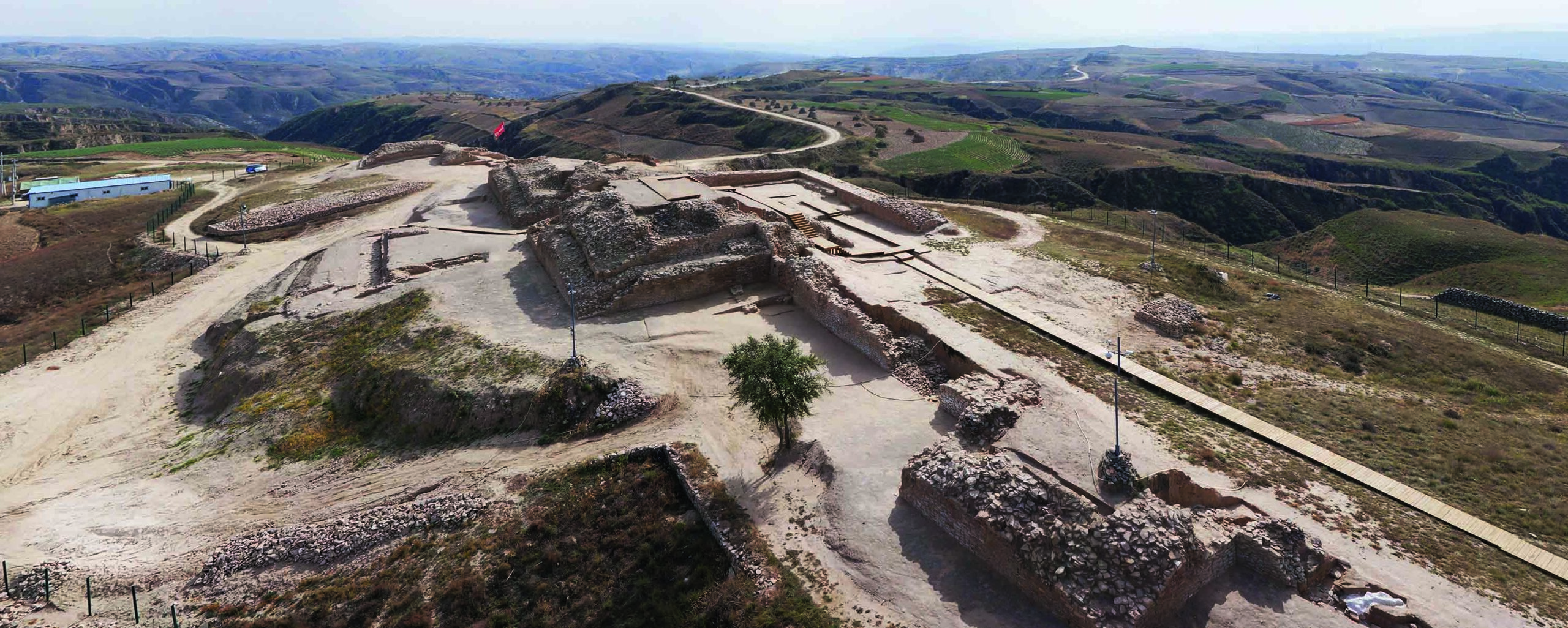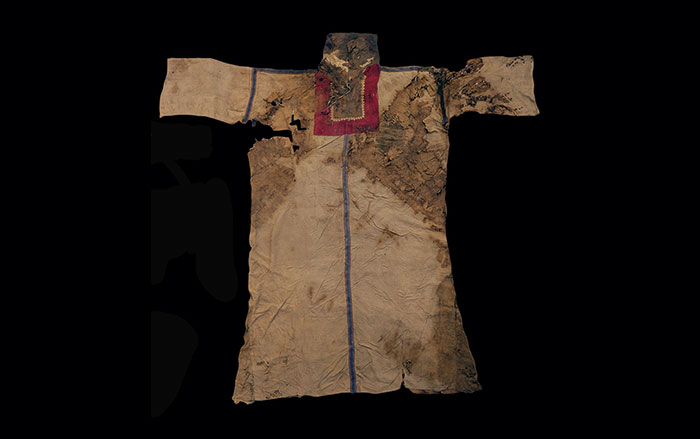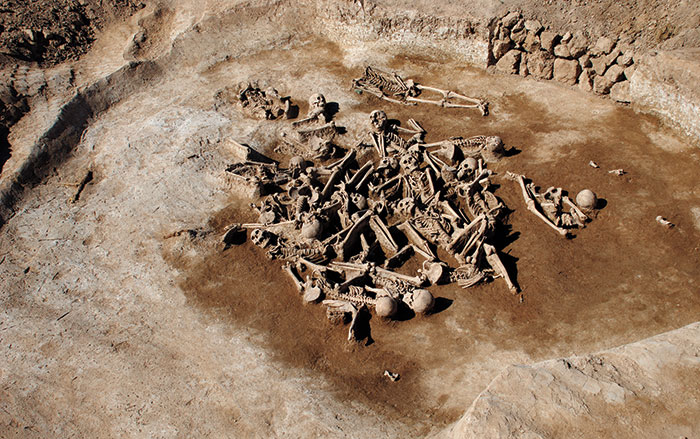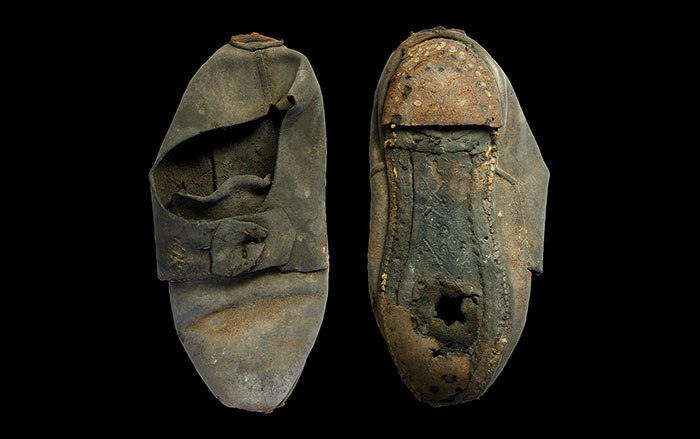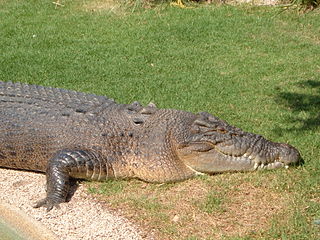
XI’AN, CHINA—Crienglish.com reports that 12 crocodile lamellae, or thin bone plates, were discovered at Haojing, part of the capital of the Western Zhou Dynasty from 1066 to 770 B.C. Pottery, stone and bronze tools, tombs, pottery kilns, and wells have also been found at the site. “The discovery provides important materials for the study of the ecological distribution of crocodiles in the Western Zhou Dynasty,” said Yue Lianjian of the Shaanxi Provincial Institute of Archaeology, since the animals usually live in marshy, tropical areas. The researchers also suggest that the presence of crocodile bones at the site could be related to the production of tuogu, a type of drum made with crocodile skin that has also been found at Haojing. For more, go to “China’s Legendary Flood.”


